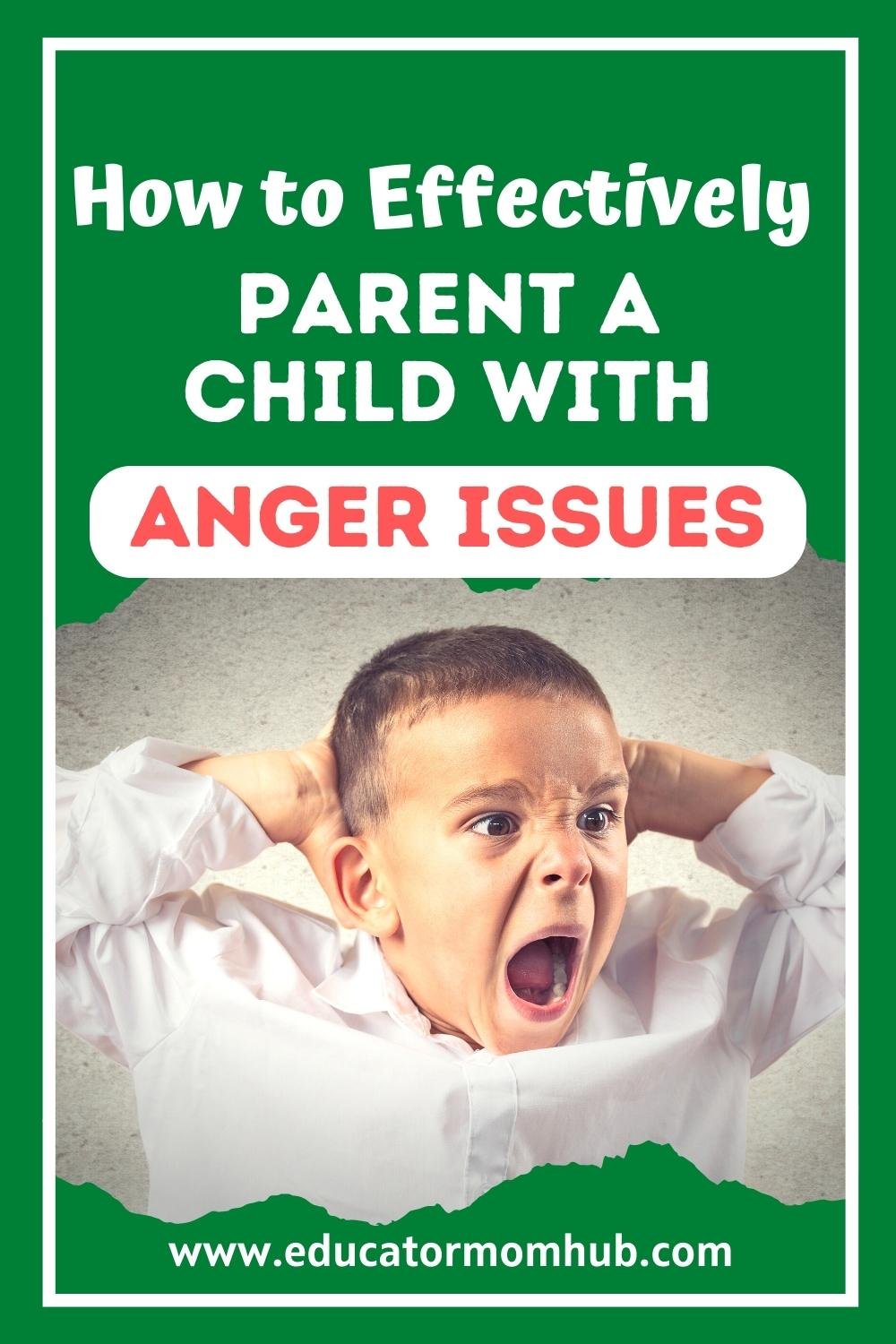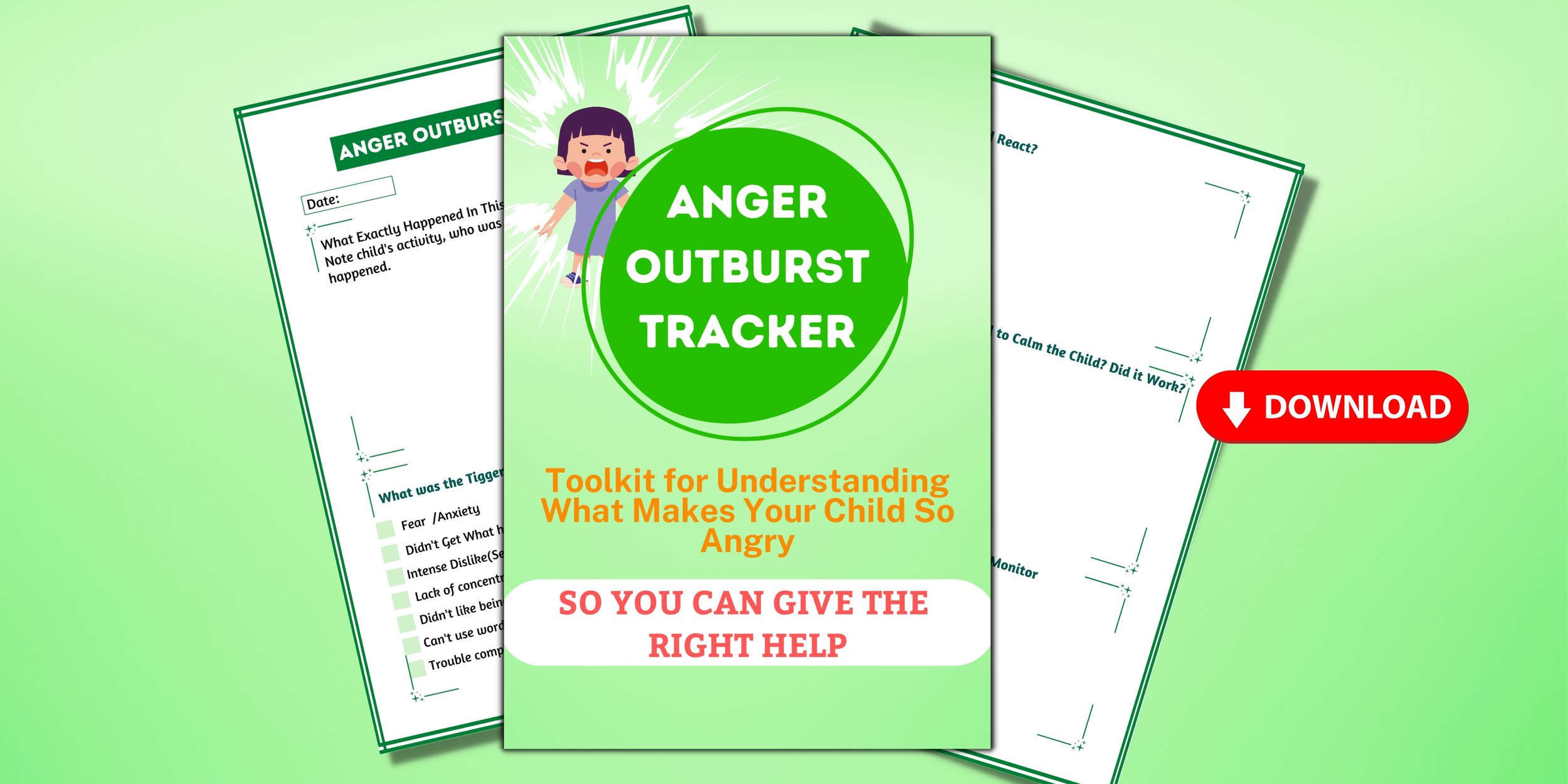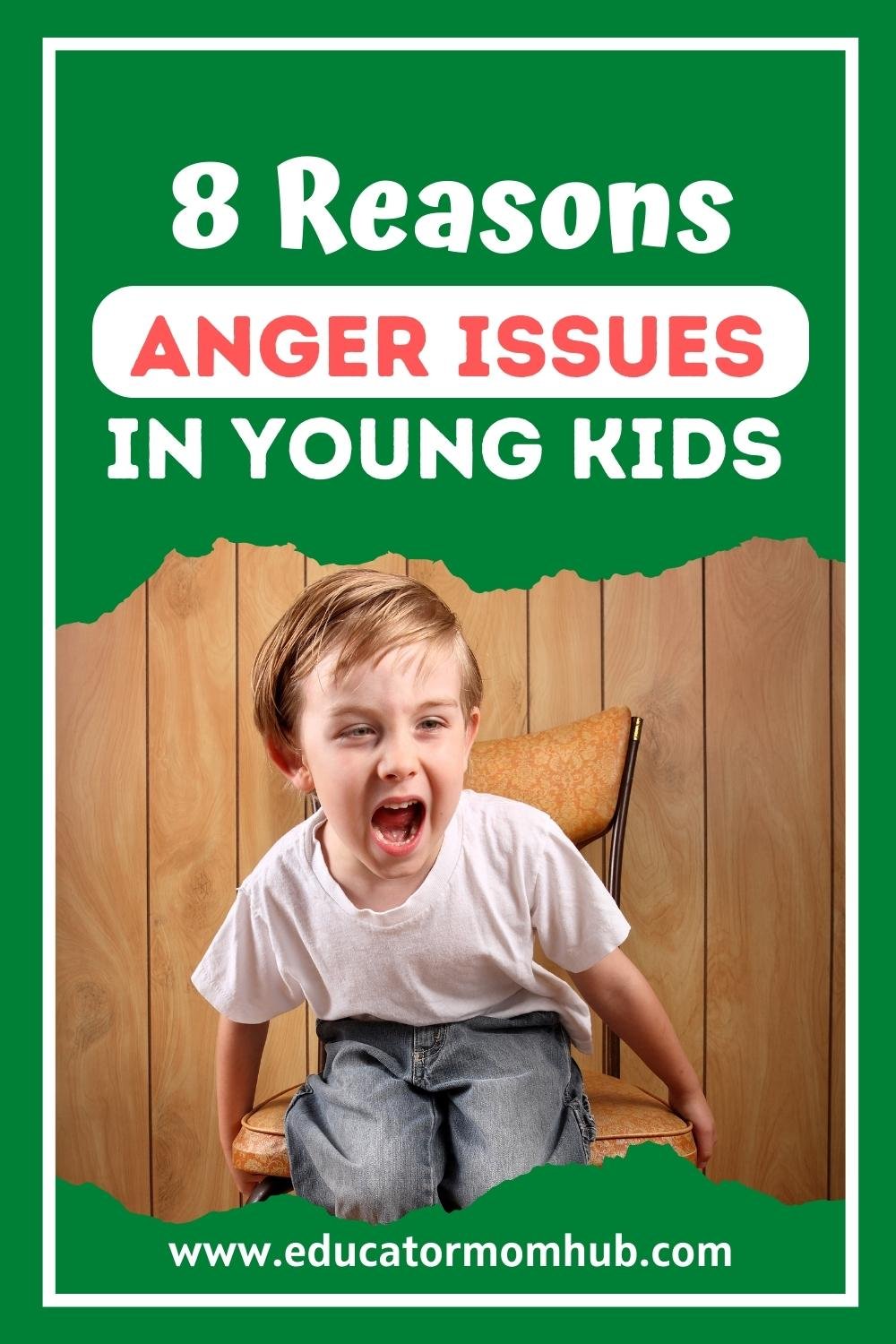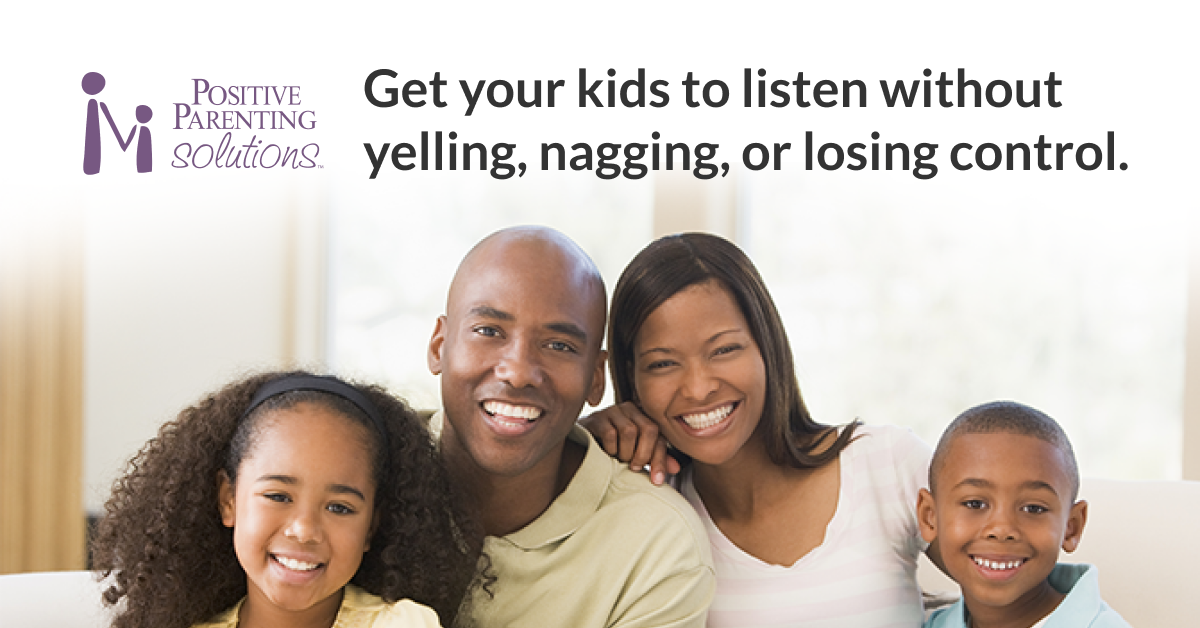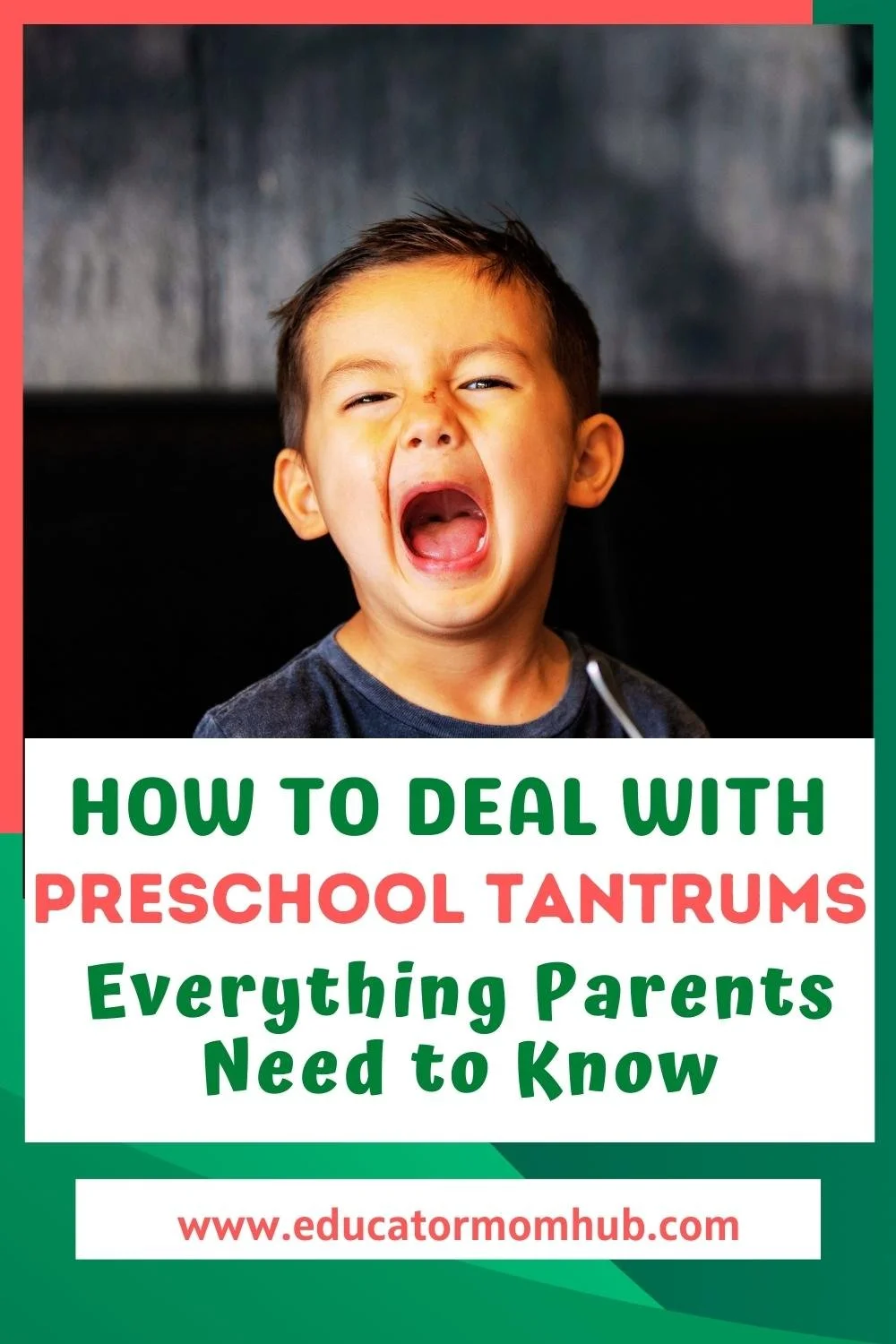How To Be A Supportive Parent When Your 4-Year-Old Has Anger Issues
Disclaimer: This page contains affiliate links. If you choose to make a purchase after clicking a link, I may receive a small commission at no additional cost to you. Thank You for your support.Raising a 4-year-old isn't easy, and when your little one has difficulty managing their emotions - in particular, anger - it can feel like an uphill battle.
As parents, it's our job to help guide them through these difficult moments while still being supportive and understanding.
In this blog post, we'll be offering tips on how to successfully navigate the challenges that come with parenting a child who expresses their angry feelings often.
We'll discuss ways to stay calm during tantrums and develop strategies for responding calmly in order to defuse potentially explosive situations.
So, if you're looking for advice on how best to support your preschooler during their emotional ups and downs, read on!
Why Do 4-Year-Olds Get So Angry?
Like adults, children can also have anger outbursts when overwhelmed, stressed, or frustrated.
There is a lot on a 4-year-olds plate. They are learning new skills every day while trying to cope with new expectations from peers and adults around them.
Although preschoolers are becoming independent and can speak more words, they are still learning skills for emotional regulation, language for expressing feelings and emotions, and strategies for coping with overwhelm, frustrations, and stress.
So, what can you as a parent do, help your child through this stage of their life?
Parenting 4-Year-Olds with Anger Issues
If your 4-year-old is frequently throwing temper tantrums, it may be time to dive deeper and try to uncover what's really behind them.
It’s important for parents of these ‘ferocious fours’ to discover the source so that you can help teach healthy coping skills - an effort that takes dedication over a period of time!
A great first step would be downloading our handy 'Anger Outburst Tracker' – designed specifically with this goal in mind: analyzing triggers, making notes & seeking assistance.
This tool will provide valuable insight while equipping you on how best to support your growing child through their emotional development journey.
GET YOUR ‘ANGER OUTBURSTS TRACKER’ HERE
Why Do You Need This ‘Anger Outburst Tracker’?
This tracker will help you determine if your child’s outbursts
are typical 4-year-old behavior or are there signs of concern?
Documenting these incidents will help you
understand the pattern in the frequent anger.
what the triggers are
plan strategies to support your child
determine if your child needs further help
What Are Some Reasons for Anger Outbursts in 4-Year-Olds?
Frustration- Anger outbursts in young kids can often stem from feeling frustrated or helpless. For example, imagine a child trying to build their dream Lego tower but every time it gets close to completion, it collapses again and they don't know how to fix the structure - this could be an incredibly frustrating experience for a young mind!
Overwhelm- Children can often be prone to anger outbursts due to feeling overpowered or defeated. Think about it - if your little one was asked to clean their room 'right this second, that's no small feat! All those toys, clothes, and random stuff lying around might feel like an insurmountable challenge at such short notice. To them, it may look as though the task is just too big for them to handle on their own – and that leads to frustration or angry outbursts.
Anxiety/Fear- Childhood can be overwhelming and sometimes kids don't know how to effectively express their emotions. Anger outbursts in 4-year-olds are often rooted in anxiety, which may manifest when they feel overwhelmed or unable to cope with a particular situation. While it's normal for children this age to get angry from time to time, providing an outlet for them to safely release their feelings is important down the line!
Intense dislike for something- Four-year-olds are full of intense emotions, so it's not surprising that they may have sudden outbursts. One common reason is discomfort with certain physical sensations like sound volume or textures - this can be part of their normal sensory processing and lead to emotional frustration.
Trouble understanding or following -It's not uncommon for a preschooler to have emotional outbursts due to difficulty understanding or following instructions. Often, it can be challenging to keep up with lengthy information and directions as they're still developing their language skills and capacity for comprehension.
Too hyperactive -With their high energy levels and rapidly developing brains, it's no wonder four-year-olds may have anger outbursts. Too much stimulation can cause them to become overwhelmed and frustrated – making tantrums all too common amongst this age group.
Expected to do more than they can handle- Preschoolers may get overwhelmed and express their frustration with angry outbursts when they’re asked to take on tasks that are beyond what's developmentally appropriate for them. Knowing how much a child can handle is key to minimizing the frequency of these episodes.
Feeling lonely or neglected-Most preschoolers can feel overwhelmed when their emotional needs are not met, resulting in angry outbursts. Common causes include loneliness and a lack of attention from those around them.
Parenting Tips for Helping Your Child Manage Their Anger?
1.Do Not Lose Your Calm.
Dealing with angry kids is no fun - dealing with their mean words, tantrums and thrown items can really take its toll on your emotions.
It's tough to stay calm in those moments, but we've all been there!
Engaging in a battle of anger or a power struggle with your child won't do anyone any good.
Instead, try to stay as composed as possible and set an example that allows your little one to calm down more easily.
Here is an article about How to End Power Struggle With Your Pre-Schooler- Why It Happens and How to Stop It!
2.Validate Your Child’s Feelings
We must validate our children's feelings by acknowledging them.
Through validation, we show our children that their feelings are valid and deserve to be heard - without this, they may feel unheard and misunderstood.
So when your child is angry, avoid dismissing their emotion or lecturing them about it - instead, take the time to listen and understand what's causing the outburst.
3.Help Your Child Figure Out What Is Going Wrong.
Having trouble understanding why your little one is having a meltdown?
It may be because they can't figure out the solution to their problem; try breaking it down with them and teaching them the necessary skills.
Whether its building towers or adding blocks, taking that time will help empower them—and keep tantrums at bay!
4.Break Down the Big Task into Little Steps
When everything seems too much, we struggle to cope.
Children are the same.
When a big task is broken down into small simple steps, then it becomes easier and doable.
Let’s help our children in the same way.
Tell them what to do first. E.g. “let’s pack away all these blocks into this basket first.
This way completing the task may give them more control and seem more doable to them.
5. Teach Your Child How to Recognize Emotions, Verbally Express Those Emotions and Learn Emotion Regulation Skills.
Understanding their emotions is a key building block for children.
When they know how to recognize and express those feelings, it helps them problem-solve more effectively and better navigate life's complexities.
But teaching kids about all that can be tricky!
Check out this article How to Teach Kids About Feelings and Emotions
on ways you can give your child the skillsets of emotion recognition and regulation - helping them manage anger so they don't have to face every obstacle alone.
6.Offer Choice
Being able to make a choice is powerful.
When children’s need for exerting their power is accommodated through their decision-making, there is less chance of them being uncooperative and fighting over every little thing.
Being able to make a choice helps children feel important, and in the case of children with sensory needs, it helps them feel understood.
For example, being able to choose out of two dinner options, allows the child to choose the food texture they prefer.
For more real examples of how to create opportunities for children to make choices, where children do exactly what you want them to do, read this article here.
7.Give Simple Instructions –
Instead of being overwhelmed and easily distracted by too many things, this method allows children to focus on one task at a time.
This is especially helpful to children who are too active and may have trouble concentrating or have some learning problems.
When children can understand the task and participate in it with others, it gives children a sense of achievement and boosts their self-esteem and confidence.
How to Talk so Kids Will Listen- 13 Parenting Tips and Effective Phrases to Use
8.Know Your Child’s Ability-
It is okay to have high expectations from your child (it helps them grow and thrive), but it is not okay to set the bar way above their capabilities.
It is important to understand your child's limits, to nurture them slowly and gradually build their capability to higher expectations.
9.Be There Emotionally for Your Child.
Listen to and respond to your child even when you are busy. Children need parental connection and love to thrive.
We all do!
A child feels valued and loved when they spend quality time bonding with their parent.
When your child feels a strong connection or a bond toward you, they will naturally respect you and be willing to please you (which reduces retaliation over little things).
Here is a helpful article: Positive Parenting For Better Behaved Kids- Examples, Tips, And Techniques
Make regular 'special child and parent Time’, where you can give your undivided attention to your child.
Here is a special journal to record your precious time together.
Here is an article with helpful suggestions on how parents can spend more quality time with their kids, even when they are busy.
10. Have a Routine
Just like adults, children need a way to structure their day.
Knowing what is going to happen next, will help your child mentally prepare themselves for the next event of the day.
Here is an article that will help you understand why children need a daily routine chart and how it helps with children’s behaviour.
Download your FREE children’s routine chart template in this article to custom-create your own.
11.Calm Down Space
Having a designated "calm down" space in the home can be an incredibly effective way for kids to manage outbursts of anger.
Kids are able to step away from whatever is causing them frustration and gain some perspective, helping them relax and get back on track with their emotions.
The calming atmosphere provides comfort during times when they're feeling overwhelmed by strong feelings like anger – leading to more productive problem solving instead of emotional explosions!
Put together a collection of items that can help calm your child.
Here is my list of effective ideas that I have used as a Preschool teacher and as a parent.
Create a Special Calming Down Space.
Children love spaces like cubby where they can hide and have quite ‘me time’.
This tipi comes with fairy lights for that soothing ambience.
Add some soft pillows
See Details Here - photographic print ready to be framed
See Details Here- photographic print ready to be framed
Or get the Complete Set of 6 Printable Here
Australian Animals digital download prints- bundle of 6 prints
Spraying the pillows with some children safe lavender essential oil with camomile helps children relax and calm down.
If your child likes music, play some soft music- you can choose yours from a huge selection on Amazon.
For more information on the importance of a ‘calming space’ for all children, read this article:
7 Reasons Why All Kids Need A Calming Corner And How To Create One
11.Calm Down Kit
Add some calming down toys and activities and toys to a basket/container and create a ‘calm down kit.’
The items that I like to add to my collection are:
Push pop bubble sensory trays- Bubble Sensory Fidget Toy for Anxiety and Stress Relief
Coloring book- to destress and calm down
Scented stickers- soothing fruity fragrances that helps to calm
Purrble- Calming Companion, a Soothing Interactive Plush
'Spot it' Children’s storybooks about emotions
Favorite toy
For more useful tips on how can help your child learn to manage their anger naturally, read this article: 9 Tips-Teach Your 4-Year-Old How To Manage Anger Naturally
Signs That You Need to Seek Help to Manage Your Child’s Anger
When your child’s anger/ aggressiveness constantly gets in the way of maintaining a healthy relationship with siblings and other family members and is the cause of continuous conflicts at home in daily life.
When your child’s behavior problems are interfering with getting along with other children (e.g. with peers at a party)
Your child is constantly causing serious trouble at kindy/ school
Expressing anger through uncontrollable aggressive behaviors e.g., throwing furniture
Becomes a danger to themselves
Significant changes in eating and sleeping habits
Regressions such as bedwetting or clinginess.
Seeing your child suffering and not knowing how to help can be hard on parents. If you have tried the tips above and it is not working long-term, please seek help.
Here is a FREE Online Parenting Class that could also be helpful.
Conclusion
A child's development is an ongoing process that involves several developmental milestones as they grow.
From birth to age 4, children learn different skills such as language and communication, problem-solving, motor coordination, and social-emotional skills which are all essential aspects of healthy development.
As they reach these milestones, managing feelings and emotions is one of the main tasks preschoolers must face as they grow.
Children need to learn how to express emotions appropriately and develop skills to cope with difficult emotions like anger.
Preschoolers need that special connection between parent and child to reach their full emotional and behavioral potential. Being there physically in addition to emotionally is key for healthy development during this important stage of life.
Understanding why your child is behaving in a certain way is crucial in developing plans for helping your child.
Utilizing the ‘Anger Outburst Tracker’ (all in one toolkit), will help you track the pattern in your child’s anger outbursts and triggers, help you document what you have already tried, what strategies worked or didn’t, and determine if you need to seek further help.



